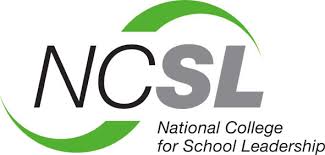Introduction
The National College for School Leadership (NCSL) has recently shifted its focus towards addressing the issue of within-school variation (WSV) among schools across the country. WSV refers to the disparities in the academic success of students within a single school due to factors like teaching quality, resource allocation, and other influences that can significantly impact learning outcomes. This article will discuss the NCSL’s new targets for mitigating WSV and their potential implications on schools’ management.
The Importance of Addressing Within-School Variation
Within-school variation is a critical concern for educational institutions striving to provide equal opportunities for all students. Research shows that a high degree of WSV is often associated with poor overall school performance. Furthermore, it leads to a lack of social cohesion among students, widening the gap between high-achieving students and those struggling academically.
NCSL’s Targets for Combating Within-School Variation
To address this issue effectively, the NCSL has proposed some strategic goals:
1. Teacher Training and Development: The NCSL emphasizes the importance of quality teaching and aims to ensure all teachers receive sufficient training to meet students’ varied needs. This includes providing customized professional development programs tailored to each teacher’s strengths and weaknesses. Additionally, promoting regular observations and feedback processes helps in monitoring teachers’ progress constantly.
2. Resource Management and Allocation: School leaders play a vital role in ensuring equitable distribution of resources across classrooms. The NCSL urges schools to assess their resource allocation strategies and revise them if necessary to promote fairness and equality among all learners, especially when traditional classroom setups transition into remote or hybrid learning arrangements.
3. Data-Driven Decision Making: By using detailed student performance data, schools can identify areas of weakness within their curriculum and teaching methods. NCSL encourages schools to use this data as the basis for data-driven decisions, which can positively impact WSV reduction.
4. Stakeholder Involvement: Encouraging an open and collaborative environment where teachers, students, and parents have a say allows for more constructive discussions on how to reduce WSV. NCSL recognizes the importance of involving all stakeholders in the decision-making process to bring about meaningful change.
5. Reinforcing Leadership: Finally, strong and effective leadership is essential to drive success in reducing WSV. The NCSL aims to empower current and aspiring school leaders by providing them access to resources, training, and support networks that enhance their leadership skills.
Conclusion
The issue of within-school variation is a complex challenge requiring attention from educators, policymakers, and parents alike. The NCSL’s new targets provide a comprehensive framework that can make a significant difference in mitigating WSV in schools. By addressing these targets, educators will be better equipped to create a fair learning environment that supports every student in reaching their full potential.





